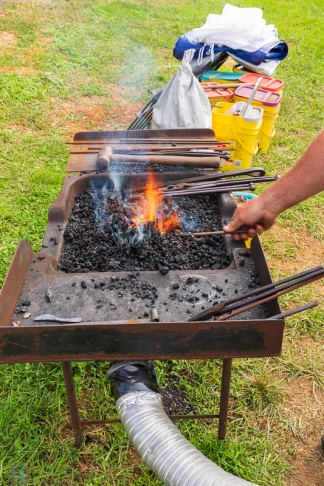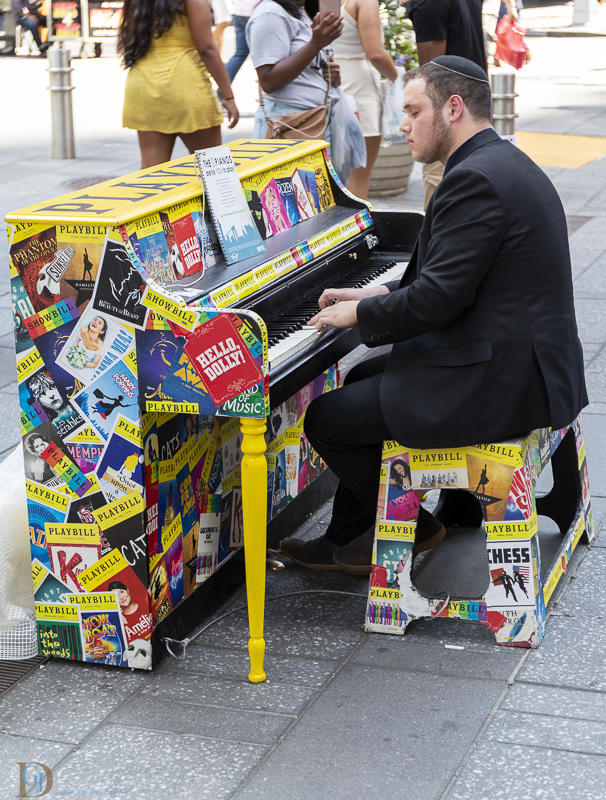My first camera was a small Kodak Instamatic. I’m sure most of the readers of this blog have no idea what that is or for that matter even care! To tell you the truth, it was so long ago I had forgotten what it looked like myself. So, a quick visit to Wikipedia restored my lost memory! 
But, just as way of clarification, it was a small plastic film camera. You just snapped the picture; therefore, we called the resulting photos snapshots. When you had finished your roll of film, typically about 12 pictures as I remember, you would send the roll to your local lab or drugstore to be developed and have prints made. It was a lot of fun opening the envelope and looking at your photos for the first time. There was no such thing as an LED screen on the back of your camera back in those ancient times! Sometimes the surprises were not too pleasant. It was not unusual to have several severely underexposed photos. Also, if you hadn’t advanced the film properly, you might have partial images on your prints. We don’t have time to talk about how you had to insert or remove the film in the camera in this blog!
Today most of us are taking a photographs by using a digital device. Either a DSLR or a mobile phone. In any case we can quickly see the photos and with the available software manipulate the image almost instantly. In the last couple of years, I have rekindled my interest in photography and as the readers of this blog know I have been trying to document my progress as an amateur photographer in this blog. Today I want to share some of my photos with you; but I also want to share what the photos looked like before any adjustments were made with Adobe Lightroom and or NIK software.
Recently, I was in Pittsburgh for a very short visit and had the opportunity to photograph several scenes around the city. One of the first areas that appeared in my viewfinder was the Strip District. This is an older part of the city near downtown the filled with shops, restaurants, grocery stores and even furniture stores. It has become a busy area for both locals and tourists. The photo below is a street scene from the Strip District. This photo was taken in the early afternoon and the sky was extremely bright. The photo right out of the camera was rather dark as you can see from the screenshot below.

After processing this photo in Adobe Lightroom I was able to recover a lot of the detail in the shadows and darker areas and the resulting photo is pretty decent. Below is the screenshot from Lightroom when I had finished processing the photo.

Here’s a better view of that photo.

The next shot was a view of the city skyline from the 16th Street bridge near the Strip District. Again, the sky was very bright, so the resulting photo was dark as you can see from the screenshot below.

Again, after working through Photoshop I managed to recover a lot of detail and I’m very satisfied with the resulting photo. Below is the screenshot showing some of the Lightroom adjustments that were made.

Here’s a better view of that photo.

As we were walking around the downtown area we passed an alley and I thought it would make an interesting photo. When I uploaded this photo to my computer I decided it would be a much better picture if I processed it is a monochrome image. Below is the screenshot of the image before I started to process it.

After I had worked the photo in Lightroom I decided to move it to NIK’s Silver eFex software. Below is a screenshot showing the photo after adjustments in both Lightroom and NIK.

Here is a better view of this photo. I think the resulting image is very moody and somewhat mysterious. This is probably my favorite photo of the ones I took on the trip to Pittsburg.

As I have mentioned before in previous posts this blog is not about how to instruct you in doing anything because I’m just learning myself. What I do want to do is continue to share my progress as an amateur photographer. To this point I feel that I am making reasonable progress with my new hobby. I can also see that I have a long way to go in the areas of correctly using the exposure triangle, composition and post-processing, but progress is being made. Please come back to visit www.cestlavie4me.com in the future.

















































